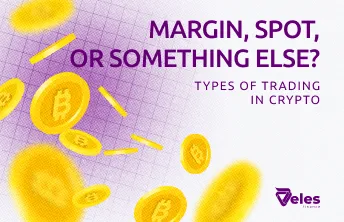
Blog Veles


How cryptocurrency was invented

What is the SEC

Top movies about cryptocurrencies

Blockchain Almanac: Bitcoin — The Architecture of a Pioneer

What is algorithmic trading

Commodity Channel Index

Margin, spot, or other? Types of trading in crypto

Part 2: What animals are found on the exchange? A zoo in cryptocurrency

The wheel of fortune returns: Veles × BingX

Part 1: Who are whales, moose, and bears? A zoo in cryptocurrency

The main secret of crypto — who is Satoshi Nakamoto?

What are doji candles in trading

DA VINCI MORNING Strategy

Who is a hodler in cryptocurrency
